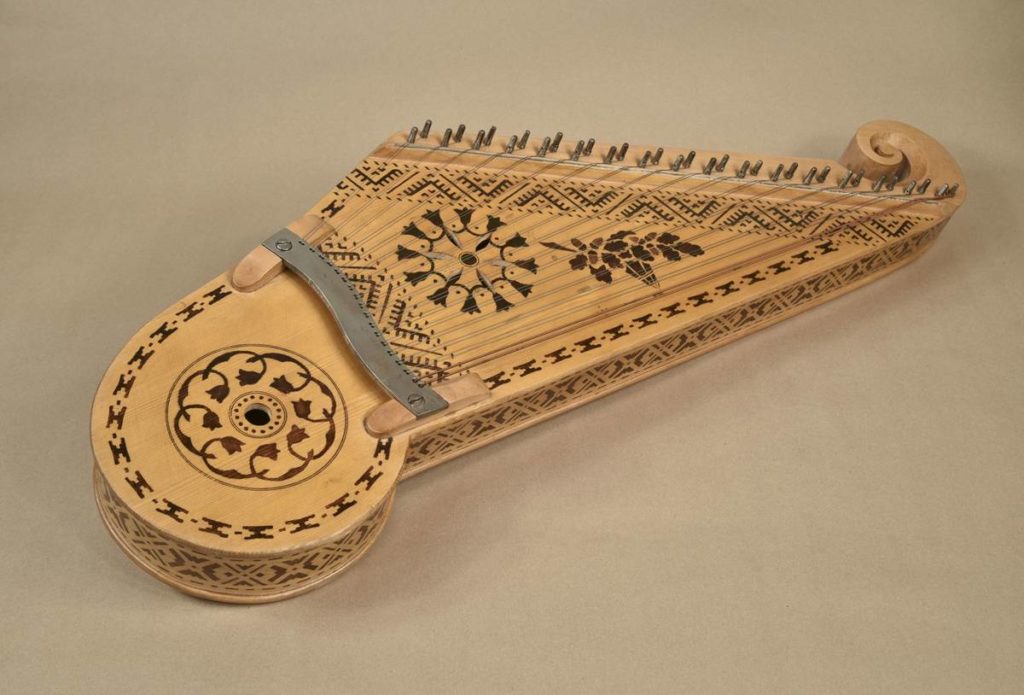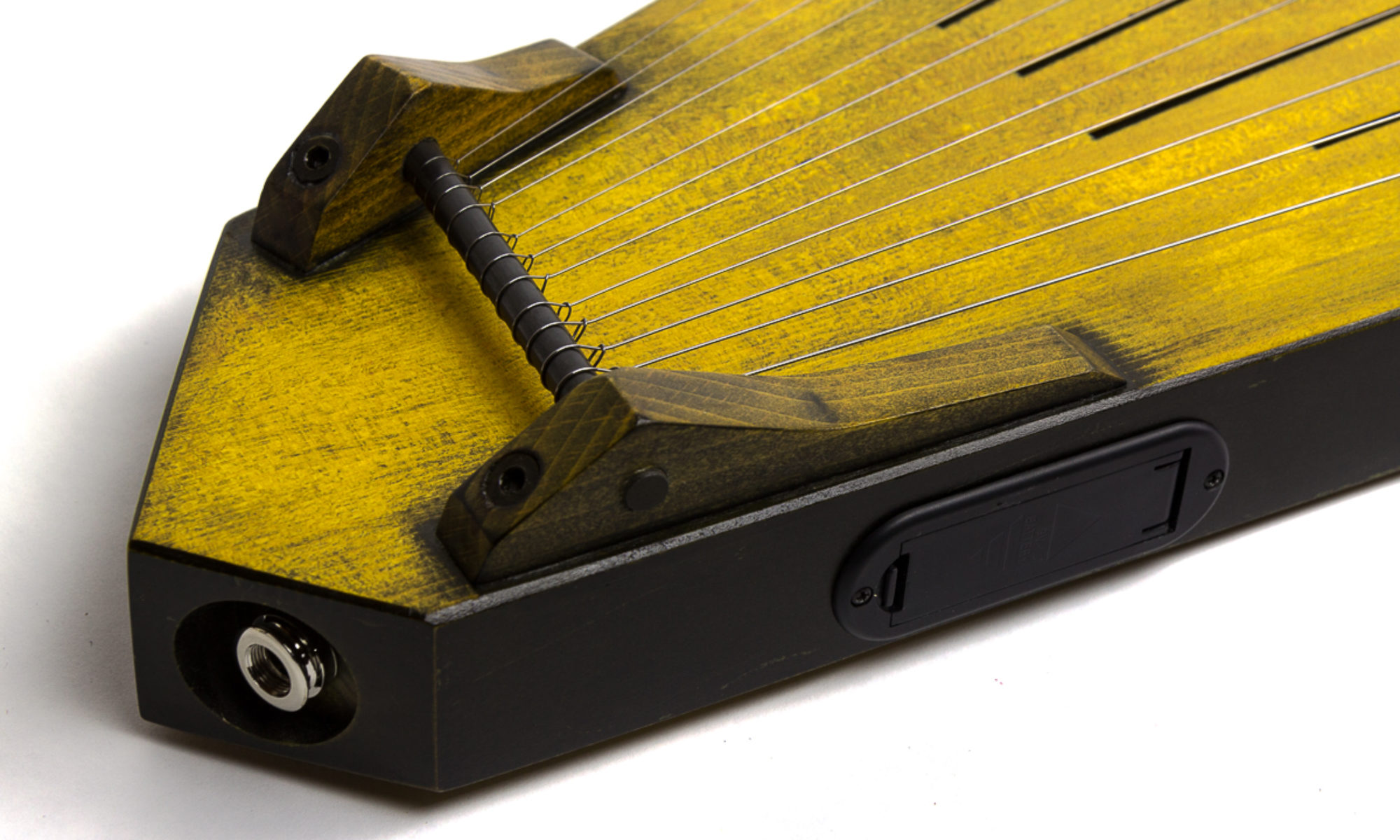Kankles are the oldest and most archaic of Lithuanian string instruments. They were thought to be associated with death.

Lithuanians believed that in order to make sonorous kankles, the wood from which they were crafted had to be cut from a mature forest on the day that a loved one died.
As the household mourned, the wood acquired depth and soul. Playing kankles was very much like meditating and was thought to protect the musician from death, disease and accidents.
In general, only men played kankles and crafted their own instruments. In order to pass on old traditions, they explained the secrets of kankles crafting and playing to younger generations. The body of the kankles has a trapezoidal form and is carved from a single piece of linden, maple, ash or alder wood. The instrument’s wider end is cut diagonally.
A fir wood top decorated with four-pointed, five-pointed or six-pointed stars and other patterns is fastened to the body. A metal bar to which metal or catgut strings are anchored was set in the narrow end.
Wooden pegs fitted in the wide end regulate the tension of the strings whose number varies from five to twelve.

